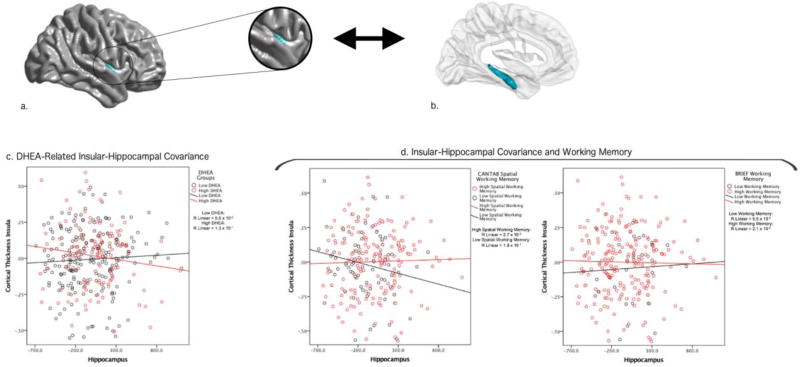Figure 1. Insular-Hippocampal Structural Covariance and Working Memory.
This figure shows the associations between DHEA, insular-hippocampal structural covariance and working memory. The negative insular-hippocampal covariance seen at higher DHEA levels was associated with lower scores on a performance-based test of spatial working memory (CANTAB) and higher scores on a ‘real-world’ parent rating of overall working memory (BRIEF).
Brain figures A and B show the DHEA-related structural covariance between mean hippocampus and the region of the right insular cortex found to be significant in whole-brain analyses, corrected for multiple comparisons using random field theory (p<0.05).
Graph C shows that higher DHEA levels were associated with a negative covariance between mean hippocampal volume and cortical thickness of the right insular cortex, while lower DHEA levels were associated with a positive covariance between these regions.
Graphs under the heading D show that negative insular-hippocampal covariance, akin to the one seen at higher DHEA levels, was associated with lower spatial working memory (left-hand side) and higher overall working memory (right-hand side).
All analyses consisted of mixed effects models that included all longitudinal data, as well as continuous measures of DHEA and cognitive scores. However, in order to clearly visualize the direction of the interaction, the graphs display DHEA and cognitive scores as dichotomous groups, and each child’s longitudinal structural covariance trajectory is not included. Please note the Y axes of graphs list standardized residuals of cortical thickness (accounting for the effects of age, sex, handedness, scanner, and total brain volume in all analyses, as well as collection time for DHEA-related analyses).

